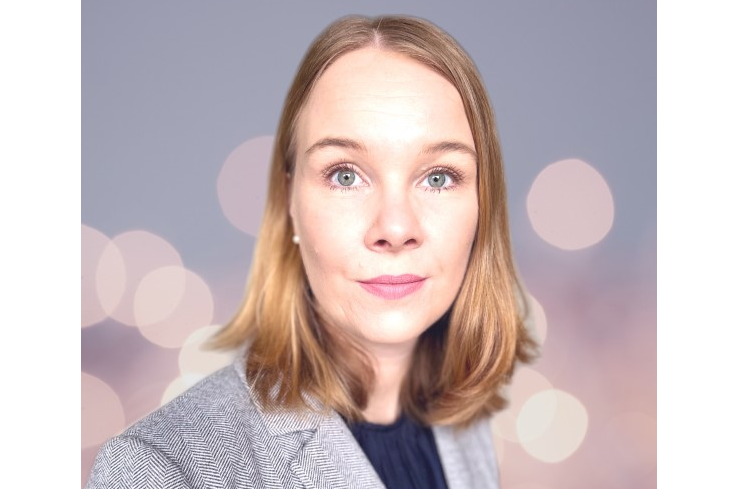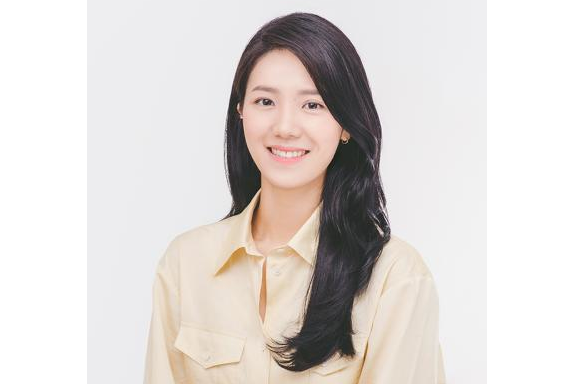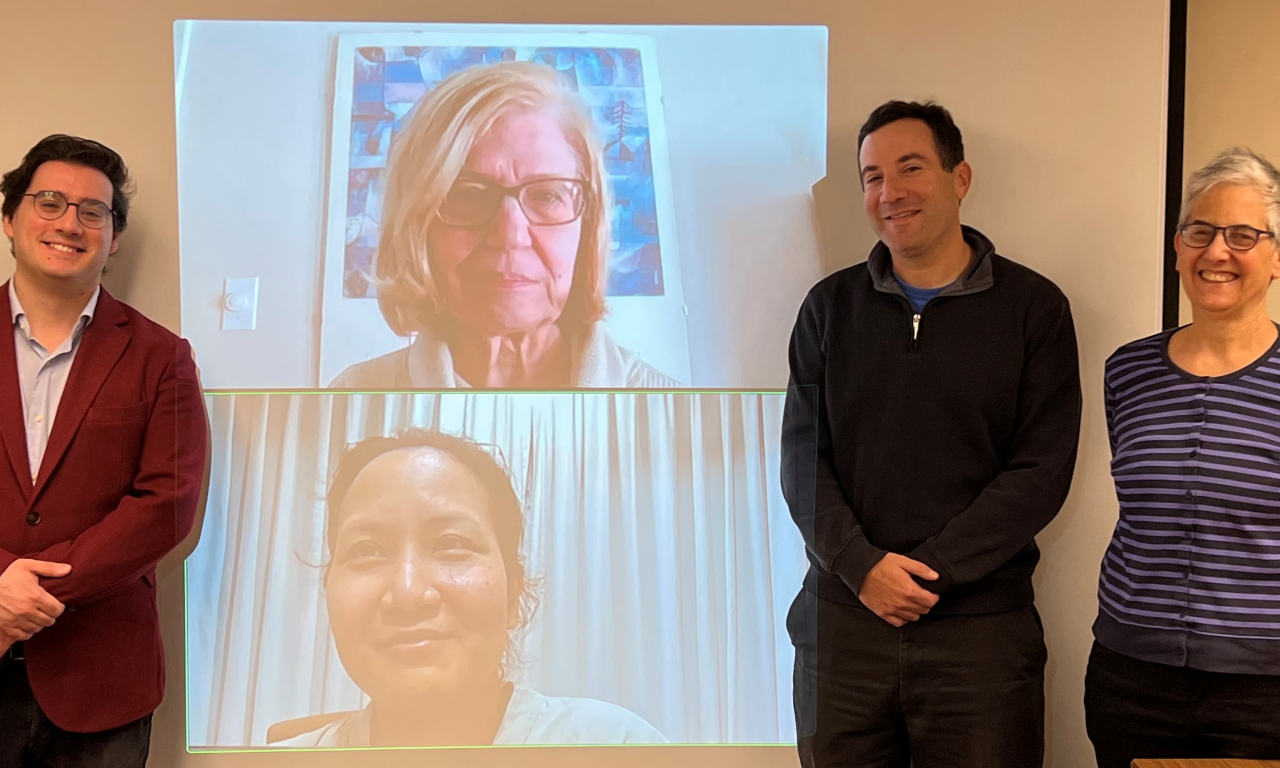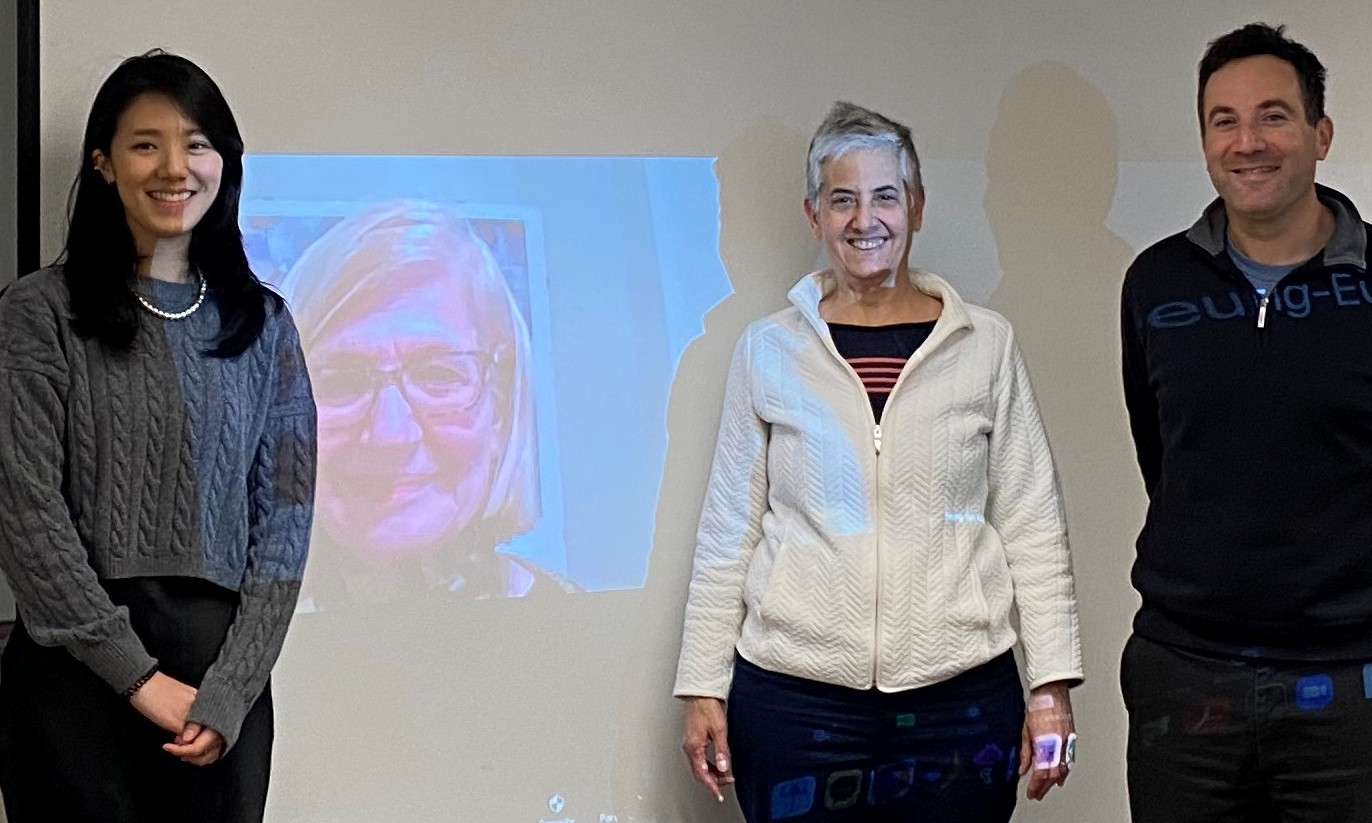News

Linda Heimisdottir is the new COO for Miðeind ehf!
Phonetics Lab alumnus Dr. Linda Heimisdottir (PhD 2015) is now the Chief Operating Officer (COO) at Miðeind ehf, which develops NLP and AI technology for the Icelandic language.
Prior to joining Miðeind ehf, Linda served as Linguistic Program Manager at Appen - a company focused on applying AI/Natural Language Processing to Data Labeling and Model Evaluation.
13th January 2023

Seung-Eun Kim Accepts Postdoctoral Fellow Position at Northwestern University
Seung-Eun Kim has accepted a position as a Postdoctoral Fellow in the Department of Linguistics at Northwestern University.
She will be working with Professors Matt Goldrick and Ann Bradlow on the NSF project titled “Enhancing research on speech and deep learning through holistic acoustic analysis”.
She will be joining the department from January 2023, after completing her Ph.D. Congratulations Seung-Eun!
6th December 2022

Francesco Burroni successfully defends his dissertation
On Tuesday, Nov. 22, PhD Candidate Francesco Burroni successfully defended his dissertation, which is titled: "Dynamics of F0 Planning and Production: Contextual and Rate Effects on Thai Tone Gestures"
Pictured from left to right: Francesco Burroni, committee member Dr. Draga Zec (top image, remote), committee member Dr. Chutamanee Onsuwan of Thammasat University, Bangkok ,Thailand (lower image, remote), Committee Chair Dr. Sam Tilsen, and committee member Dr. Abby Cohn.
Abstract:
How can a phonological category, like a Falling tone, consisting of High and Low phonological targets, be mapped to a continuous f0 contour? This dissertation studies this mapping of a phonological representation to phonetic implementation in physical space and real time through the angle of two production experiments on contextual variation in the production of Thai tones.
Experiment 1 presents the results of an acoustic investigation where the Thai Falling and Rising tone production is studied as a function of following tonal context, speech rate, and their interaction. This experiment demonstrates the existence of systematic anticipatory dissimilatory contextual tonal variation effects.
Experiment 2 presents the result of an acoustic and electromagnetic articulography (EMA) investigation of consonants, vowels, and tones production in Thai. The effects of following tonal contexts, speech rate, and their interaction are examined. Four main findings emerge. First, we find that tones are more stably anchored to articulatory events rather than acoustic events. Second, all observed timing patterns displayed by Thai speakers are compatible with a split-gesture competitive coupling model of tone. Third, tonal contexts produce effects on inter- and intragestural tonal timing that offer a partial basis for the dissimilatory effects, albeit not a complete one. Fourth, asymmetric effects of rate on consonantal closures, releases, vowels, and tones duration are uncovered.
We argue that modeling dissimilatory effect among tones reported in experiment 1 and 2 requires a conceptual dissociation between observed contextual changes in tonal targets and their spatio-temporal execution as gestures. This is computationally implemented by adding an intentional planning field to the Task Dynamic model of Articulatory Phonology.
The articulatory timing patterns reported in experiment 2 are modeled using a computational implementation of the coupled oscillator model of Articulatory Phonology. It is shown that such a model can generate both the observed group patterns and all the patterns of individual variation by minimally altering coupling strength between pairs of gestural planning oscillators. Model limitations are also discussed.
In sum, this dissertation presents empirical and modeling evidence that advances the understanding of coarticulatory patterns and articulatory timing.
22nd November 2022

Seung-Eun Kim successfully defends her dissertation
On Nov 18, Ph.D. student Seung-Eun Kim successfully defended her dissertation thesis entitled: "Experimental and computational investigations of F0 control."
Shown in the picture, from left - Seung-Eun Kim, committee member Dr. Draga Zec (attending remotely), committee member Dr. Abby Cohn, and Committee Chair Dr. Sam Tilsen.
Abstract:
This dissertation examines speakers’ cognitive control of F0, by proposing and evaluating target-control and register-control hypotheses. In the target-control hypothesis, it is individual pitch targets that speakers control to produce variations in F0, whereas in the register-control hypothesis, it is the control of pitch register (in which the pitch targets are defined) that induces F0 variations. These alternative hypotheses are assessed through a production experiment and computational modeling.
The production experiment investigates speakers’ (i) pre-planned and (ii) adaptive F0 control. In particular, the experiment examines whether speakers vary F0 parameters (i) according to the initially planned sentence length and (ii) in response to the unanticipated changes in the length. For this purpose, a novel experimental paradigm was developed in which the stimuli cueing the parts of the utterance were delayed until after detection of utterance initiation; in this case, participants had to dynamically adapt to the changes in the length and content of the utterance. Analyses of F0 trajectories found strong evidence for both pre-planned and adaptive control. Further analyses were conducted to identify which specific F0 parameter was controlled (targets vs. register), and the results demonstrated the control of pitch register.
In the modeling study, a gestural model of F0 control was proposed and evaluated with the empirical data. The main feature of this dynamical model is that the normalized targets of F0 gestures (and F0 tract variable) are mapped to actual F0 values through pitch register parameters. The model parameters were optimized to minimize the difference between the empirical F0 contour and the model-generated contour. Several variants of F0 models were compared to examine the target vs. register-control hypotheses. The results found that the F0 model in which the register parameters varied (with invariant targets) outperformed the model in which the target parameters varied (with constant register), providing further support for the register-control hypothesis.
Overall, this dissertation provides evidence that for a given utterance, speakers have a set of invariant cognitive representation of high and low pitch targets, and they control pitch register to realize the abstract representation into different F0 peaks and valleys.
21st November 2022
